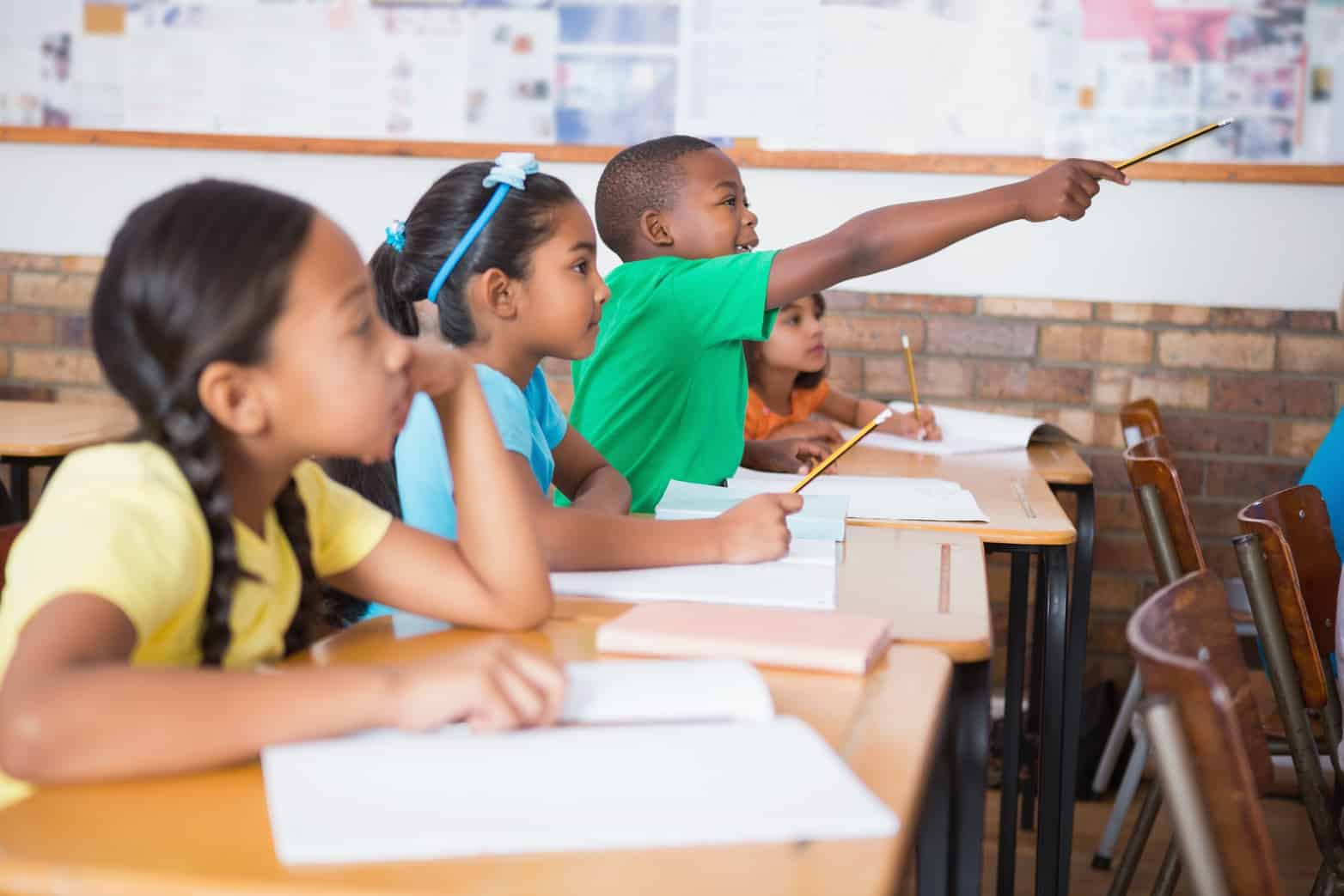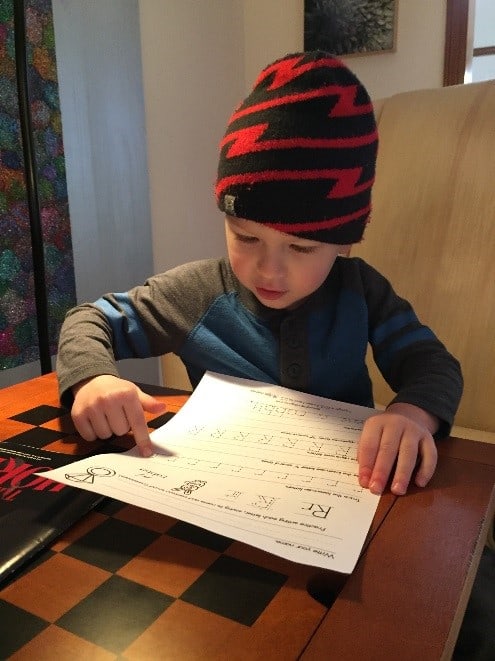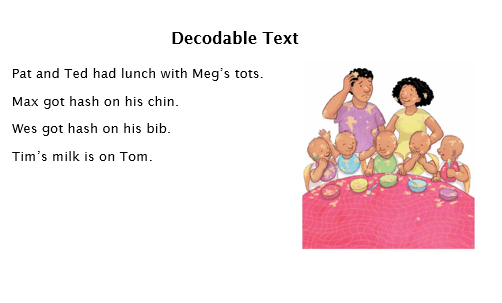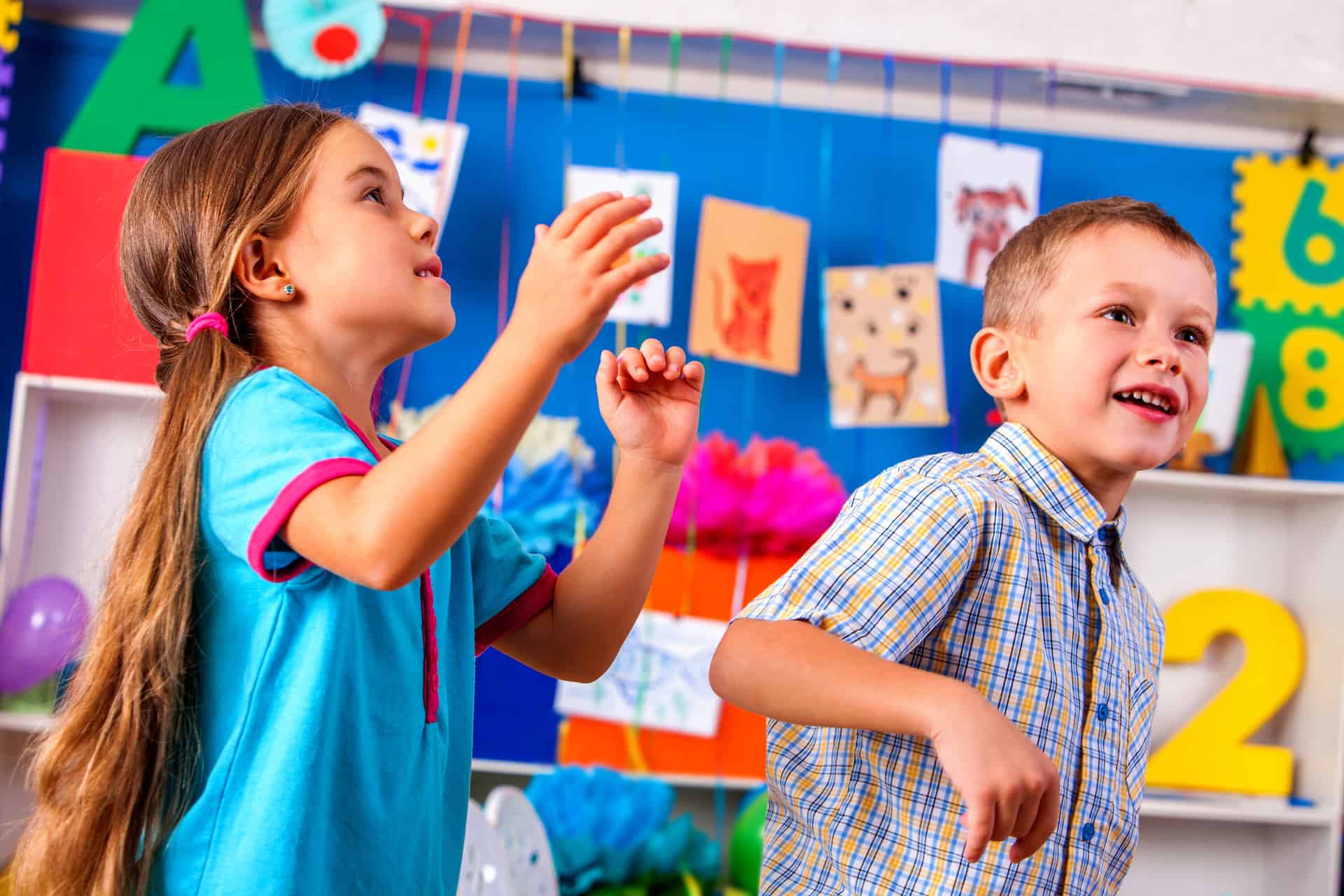My 3-year-old is always on the move, rarely still long enough to show an interest in learning. So, I was surprised to walk in on him staring at his sister’s first grade worksheet- a handwriting practice sheet for the letter “r.” “Rrr….rrrr…rrrr” they said together, as he pointed to each r on the page, about twenty-five in all. “I’m reading!” he shouted with pride.
Teaching students to read—to recognize that those squiggles on a page have names and represent sounds, and that the sounds can be blended to make the sounds we hear in spoken words—is an intricate process that very few are familiar with. Outside of the world of early childhood educators and perhaps a linguist or two, your average person doesn’t know what a phoneme is or why the b sound is /b/ and not “buh.” But teaching this process to children can make all the difference in the world. Children who learn to decode with accuracy and automaticity in the early grades become readers, “wealthy” in words and knowledge as they grow. Children who don’t….don’t. Often for life. Keith Stanovich calls this The Matthew Effect: when it comes to words and reading, the rich get richer and the poor get poorer.
Despite the fact that overwhelming research has proven that the teaching of reading via structured phonics and phonological awareness is undeniably effective, the how behind teaching children to read remains hotly debated amongst educators. One likely disagreement amongst educators is whether or not to use decodable readers for instruction. Decodable readers are those little readers made up of taught, high-frequency words and learned sound and spelling patterns that come along with a comprehensive phonics program. Pam, Kim, and Bud are likely stars of the kindergarten variety, as students have learned some short vowel sounds and a few consonants and begin to decode short words with these sounds. Later in first grade, students might read about Shane, Pete, and Kate as they begin work with long vowels.

The difference between decodable readers and trade books or leveled texts lies in the construction of the text itself. Each word of a decodable reader contains primarily sound and spelling patterns that have already been learned in instruction or can be recognized as a taught, high-frequency word learned as a whole. This means no guessing! Students take what they’ve learned in phonics lessons and apply those skills in connected, meaningful text. They are reading!
Decodable Text vs. Leveled Readers
“Those books are boring!” An argument against them might be made. “They sound contrived. Nothing like how we talk.” And to these statements, I’d say “This is true. For you.”
My son was thrilled, remember, at reading a page full of the letter r. Not because of the plot. Not because of the vocabulary. Because HE could do it. He “read” for the first time, and it brought him joy. You’ll find the same rings true for emerging readers when they engage with texts that they can decode.
It is true that “Pam had a tan cat” is not the start of a riveting story. But then again, adult readers, that story wasn’t meant for you. It wasn’t meant for you to read aloud to captivate children either, or to build vocabulary and knowledge of the world, which is also critical in a strong K-2 literacy program. It was meant to do a different job, important for a different reason: to help emergent readers. Those children who are slowly grasping that letters represent sounds, that when placed together, can be blended into words, can use these texts to the practice skills that support reading. If students only focus on phonics as a set of discrete skills through lessons and games and don’t connect these skills to the reading of text, they will not develop this habit and use it to read. This, in a nutshell, is why decodables are so essential.
How can teachers make use of decodable readers? To answer that, we’ve created a protocol showing the teacher moves that can support students as they are connecting phonics to reading. You can see examples of how to deploy the protocol in our adaptations to the Journeys reading program for kindergarten and grade 1. By reading and rereading these little texts, students can work on their decoding abilities and grade-appropriate fluency.
Teachers can adjust the amount of support they provide in whole or small group in order to support students’ individual needs. This work should be fun for our youngest readers! Following the later reads with related tasks and games using the decodables are valuable uses of the resources.
Yes, new readers will read that sentence made of three- and four-letter words, controlled sound and spelling patterns, and high-frequency words and they will feel pride and excitement, because they’re doing it! They’re reading!
To understand how decodable readers fit into a larger foundational skills program, and to learn more about the different components of foundational skills instruction, see Student Achievement Partners’ Foundational Skills Guidance Documents for grades K-2.
























This is exactly right!
This is exactly right! We have been looking for a program that allows us to teach this way and children to learn this way for many years. Thankful to have found CKLA.